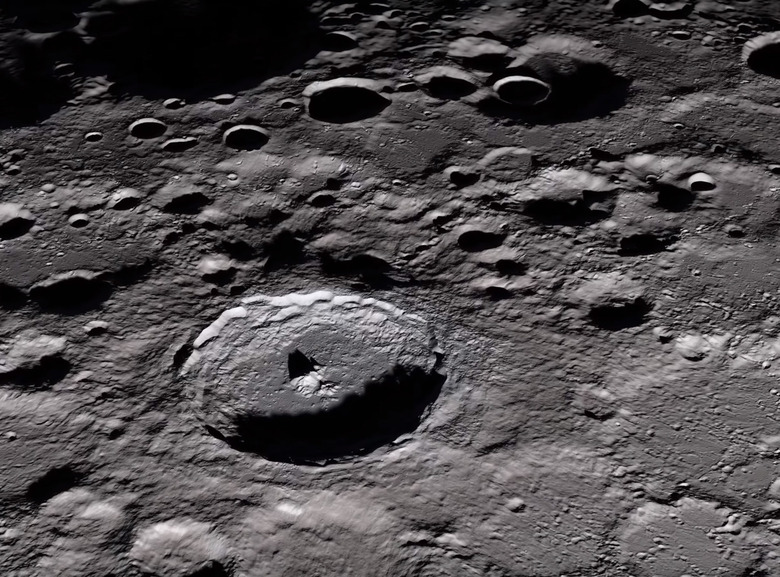Breathing In Moon Dust Could Kill You
Dreams of a lunar colony where people walk around on the dusty surface inside of big domes will remain a dream for a while longer. We might eventually reach a point where humans could feasibly create comfortable living conditions on Earth's Moon, but new research suggests that the material covering our nearest neighbor is actually toxic to humans.
Thanks to the Apollo missions, scientists on Earth have samples of lunar dust that they can test, and a new research effort discovered that the pale powder is packed with compounds that react with human cells. As New Scientist reports, the minerals prompt the formation of hydroxyl radicals which are thought to promote lung cancer.
When NASA visited the Moon many decades ago, they quickly found out just how hostile the lunar surface could be. The dusty surface was tough on the space suits the astronauts wore as well as vehicles like the lunar rover. What they couldn't have predicted is that the dust could actively damage human DNA.
In another recent round of research, scientists exposed living cells from rodents and humans to a Moon dust analog. The cells didn't fare well, and some 90% of mouse brain cells and human lung cells ultimately died after coming into contact with the faux Moon dust.
This is a pretty serious problem for any astronauts who aim to visit the Moon in the future. Equipping a sealed space suit to venture out onto the surface is easy enough (relatively speaking), but upon returning to a ship or — in the more distant future — a lunar base, ensuring that no visitors come into contact with Moon dust could prove a steep challenge.
Renewed interest in the Moon over recent years has resulted in several planned missions to study Earth's satellite more closely than in the past. Eventually, manned missions will indeed return, so it'll be interesting to see how engineers plan on dealing with this "new" hazard.
